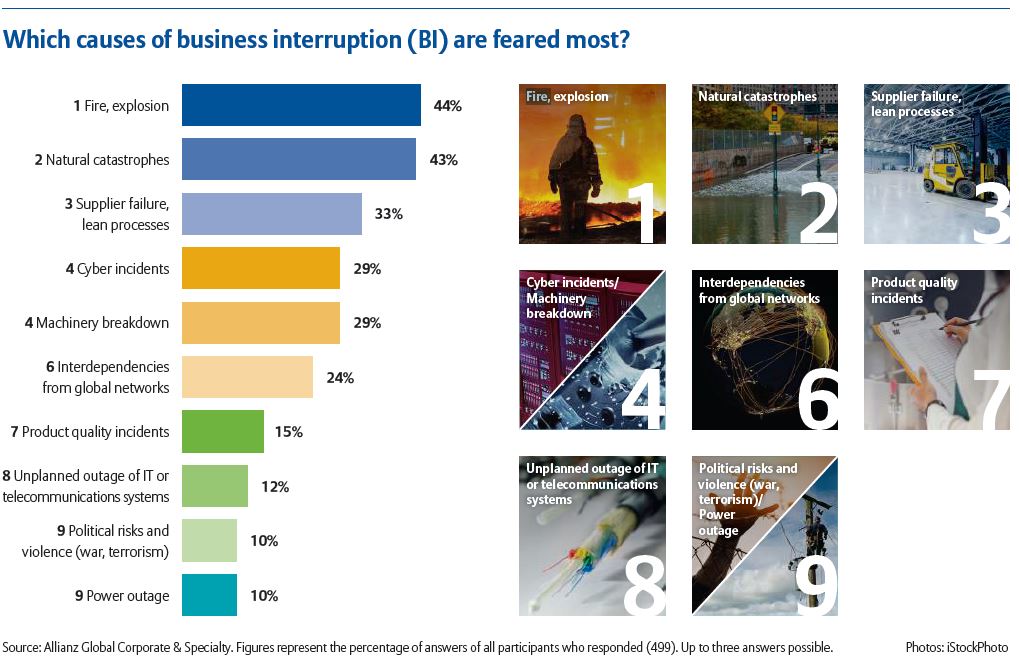Companies worldwide are bracing themselves for a year ofincreased uncertainty, driven by growing concerns overpolitical, legal and regulatory developments around theglobe.
|The sixth annual Allianz Risk Barometer identifies the topcorporate perils and potential responses for 2017 based on theinsights of more than 1,237 risk experts from 55countries.
|“Companies worldwide are bracing for a year of uncertainty,”said Chris Fischer Hirs, CEO of Allianz GlobalCorporate & Specialty SE. “Unpredictable changes in thelegal, geopolitical and market environment around the world areconstant items on the agenda of risk managers and the C-suite. Arange of new risks are emerging beyond the perennial perils of fireand natural catastrophes which require re-thinking of currentmonitoring and risk management tools.”
|Related: Is the world getting riskier? Consumers andbusinesses disagree
|The Allianz Risk Barometer study was conducted amongAllianz corporate clients and brokers last October andNovember. It also surveyed risk consultants, underwriters,senior managers and claims experts of Allianz entities aroundthe globe. The survey focused on large and small to mid-sizedcompanies.
|Here are the top 10 corporate perils for 2017, according to thesurvey:
||
(Photo: iStock)
10. New technologies (12 percent; 2016: 10 percent)
(e.g. impact of increasing interconnectivity, nanotechnology,artificial intelligence, 3D printing, drones, etc.)
Increasing reliance on technology and automation is transformingand disrupting companies across all industry sectors. Whiledigitalization is bringing companies new opportunities, it's alsoshifting the nature of corporate assets from mostly physical toincreasingly intangible, bearing new hazards.
|Technical IT failure or human error can result in costlydamages. The digitalized production or Industry 4.0environment means failure to interpret or submit datacorrectly can halt production.
|More than half of Risk Barometer responses (53 percent) citedincreasing digitalization and use of new technologies as themost prominent trend currently transforming their respectiveindustry sector.
||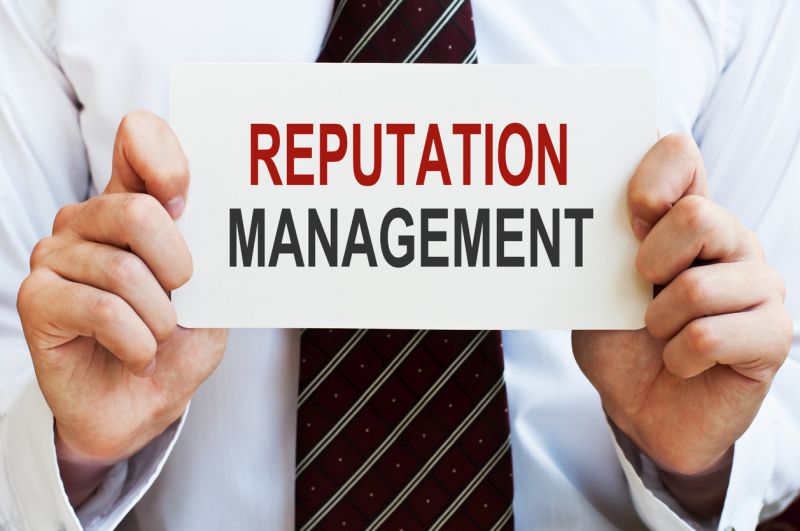
(Photo: iStock)
9. Loss of reputation or brand value (13 percent; 2016: 18percent)
A key trend, especially in Asia, is the rise in productrecall claims. This risk impacts supply chains and brand valueof companies. Also, a single cyber incident can causewidespread reputational damage.
||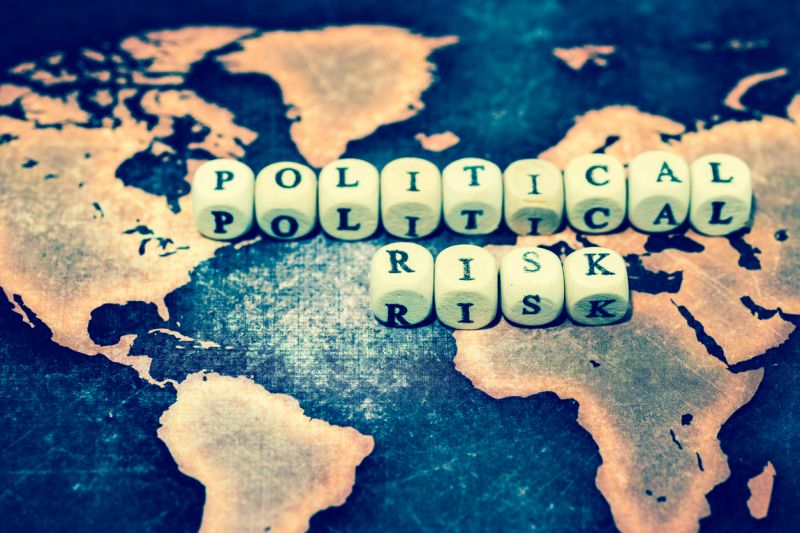
(Photo: iStock)
8. Political risks and violence (14 percent; 2016: 11percent)
(war, terrorism, etc.)
Companies increasingly worry about the unpredictable businessenvironment where markets are volatile and political perils, suchas terrorism, are on the rise.
|Terrorism risk ranks as the number one concern for businesses inthe political risk and violence category. Terrorismresulted in 29,376 deaths and cost the global economy $89.6billion in 2015, according to the 2016 Global Terrorism Index fromthe Institute forEconomics & Peace.
|Related: Terrorism risk insurance: Trends, take-up &pricing
|Terrorism risk is rising and a business does not have to bethe direct victim of an act to feel the effects. Locations canbecome inaccessible and supply chains impacted in the wake ofan attack.
|The growing risk of political violence, acts such as war,civil war, insurrection and other politically motivatedincidents, which focus on countries rather than certainlocations, should also not be underestimated, as the impactfor global businesses can be much greater andlonger-lasting.
|(Source: Allianz Risk Barometer Top Business Risks2017)
7. Fire, explosion (16 percent; 2016: 16 percent)
Physical perils like fire and explosion andnatural catastrophes are the top causes of businessinterruption that businesses fear most.
|Recent events, such as the wildfires in Fort McMurray,Alberta, have highlighted the fire and explosion riskcompanies face.
|Related: Alberta wildfire costliest insured disaster ever inCanada
||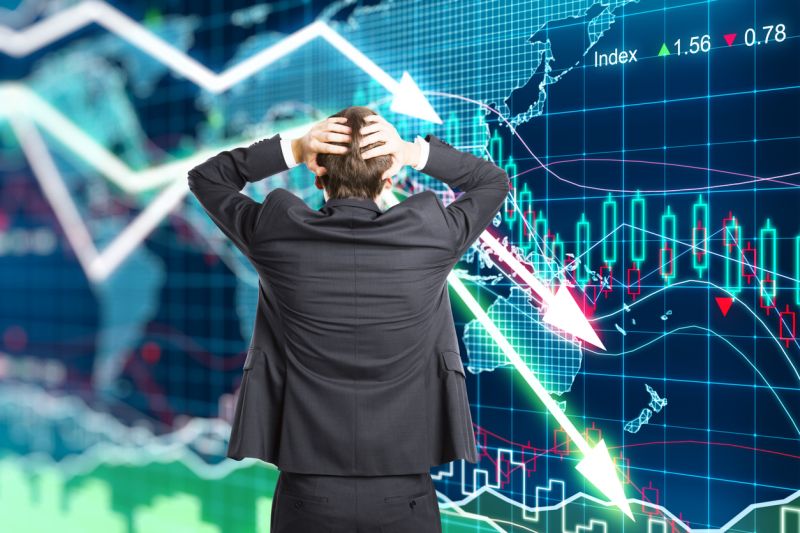
(Photo: iStock)
6. Macroeconomic developments (22 percent; 2016: 22percent)
(austerity programs, commodity price increase,deflation, inflation)
Fears over macroeconomic developments and the new risk impact ofincreasing interconnectivity are rising.
|There are significant local and regional differences inthe top 10 risks around the world. Market andmacroeconomic developments rank as the top two risks in theAfrica & Middle East region. Macroeconomicdevelopments dominate in Nigeria.
|Macroeconomic concerns also continue to dominate in Greece.
|“It's no longer only about managing effects from economiccycles on your top line growth or revenue base, it's preparingfor potentially very abrupt and massive changes which mayimpact the way you do business,” explainsLudovic Subran, head of Euler Hermes Economic Research, deputy chiefeconomist of Allianz Research and director ofMacroeconomic Research.
||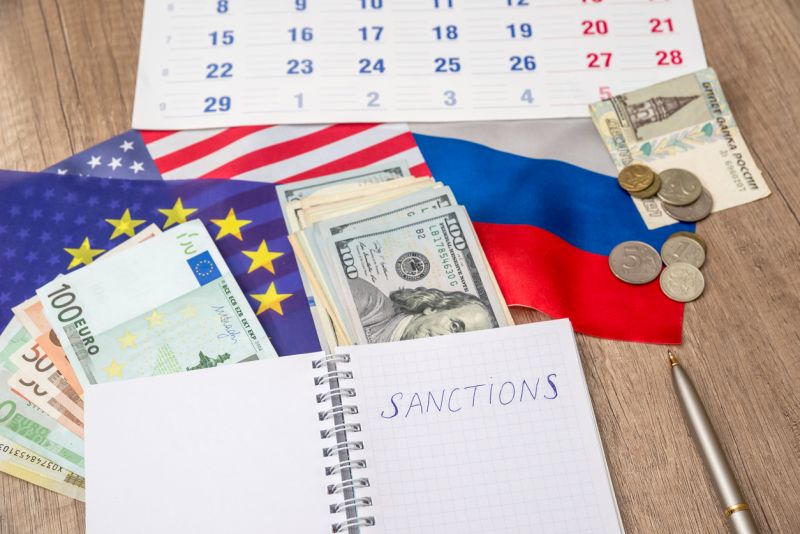
(Photo: iStock)
5. Changes in legislation and regulation (24 percent; 2016: 24percent)
(government change, economic sanctions, protectionism,etc.)
Businesses are increasingly concerned about the ongoinguncertainty, and potential intangible risks, posed by thechanging legal and political environment around the globe.
|Changes in legislation and regulation, political risks andviolence and Brexit, Euro-zone disintegration, rank higheryear-on-year, accounting for over 40 percent of responsescollectively.
|Fear of protectionism or government intervention inbusiness is perceived to be an increasing threat, leading toworries over access to markets and import and exportrestrictions; presenting a potential business interruptionthreat of a different kind.
|Companies will need to invest more resources into bettermonitoring politics and policy-making around the world inorder to gather the economic intelligence that will enablethem to anticipate, and adapt to, any sudden changes ofrules that could impact business models, amid fearsof increasing protectionism and anti-globalization.
||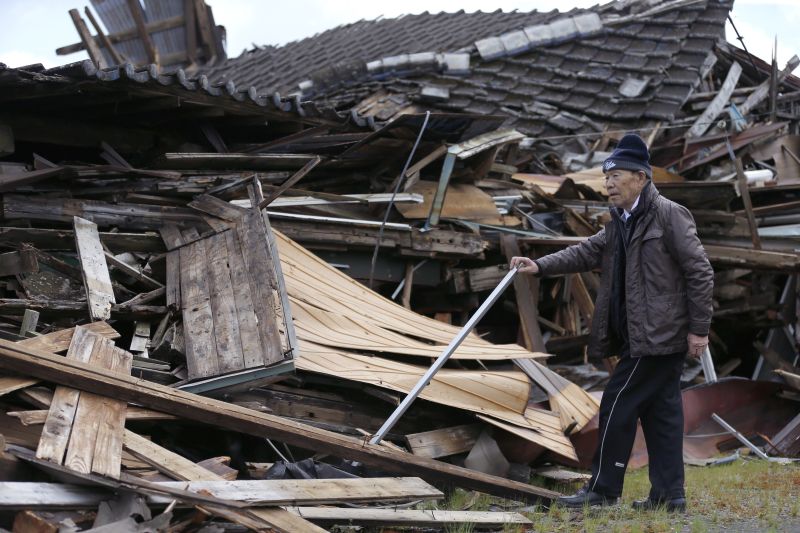
Tokio Miyamoto examines the damage of houses collapsed byearthquakes in Aso, Kumamoto prefecture, Japan, Sunday, April 17,2016. Two nights of increasingly terrifying earthquakes flattenedhouses and triggered major landslides in southern Japan. (APPhoto/Shizuo Kambayashi)
4. Natural catastrophes (24 percent; 2016: 24 percent)
(e.g. storm, flood, earthquake)
Natural catastrophes and climate change/increasingvolatility of weather rank high on the agenda of businessesthis year, particularly in Asia where the costliest disasterglobally of 2016 occurred — the Kumamoto earthquake (Japan). Naturalcatastrophes rank as the top concern in Japan and Hong Kong, aswell as globally among engineering/construction and power andutilities companies.
|Related: 6 steps to maximize business insurance recoveriesbefore the next weather event
|Natural catastrophes accounted for $175 billion ineconomic losses in 2016, a four-year high, with insuredlosses totaling some $50 billion, according to Munich Re. Atthe same time, businesses are also more concerned about theimpact of climate change/increasing weather volatilityyear-on-year, with this risk climbing to 14th position (6percent of responses).
|“Natural catastrophes and climate change worryour customers and society at large,” says AxelTheis, Board Member of Allianz SE. “We must assume thatglobal warming above 1.5 degrees Celsius would intensifyclimate damages, for example from heat waves and rising sealevels, significantly. It is our task as an insurer to developsolutions for these scenarios and establish prevention andinsurance protection for, and together with, our customers andpublic partners.”
|A report by the ClimateWise coalition, whichcomprises 29 insurers including Allianz, warns of a $100billion “protection gap” in the global insurance sector as aresult of the rising impact of climate risks.
||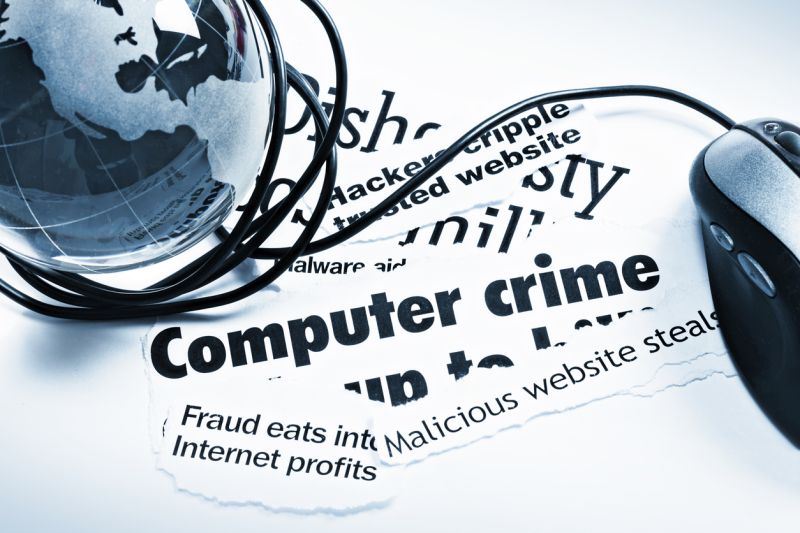
(Photo: iStock)
3. Cyber incidents (30 percent; 2016: 28 percent)
(cyber crime, IT failure, data breaches, etc.)
Cyber risk occupies a significant portion of acompany's exposure map. The risk now goes far and beyondthe issue of privacy and data breaches. A single incident,be it a technical glitch, human error or an attack, canlead to severe business interruption and loss of marketshare.
|Of the top 10 global risks in the 2017 Allianz RiskBarometer, a cyber incident could be a potential root cause ortrigger for 50 percent of the identified risks.
|Related: Supply chain cyber risks: What's at stake for yourbusiness?
|The toughening of data protection regulation regimes aroundthe world is also contributing to this risk being at theforefront of risk managers' minds, as penalties fornon-compliance are increasingly severe.
|The growing sophistication of cyber-attacks is theimpact of increasing digitalization companies fear most (45percent of responses), while cyber risk is also the toplong-term peril (42 percent), results show. However, cyberincidents ranks just sixth for small-sized companies.
|Many companies underestimate their exposure and are notprepared for, or are able to respond to an incident, with alack of resources to do so a contributing factor.
|
(Photo: iStock)
2. Market developments (31 percent; 2016: 34 percent)
(volatility, intensified competition/new entrants, M&A,market stagnation, market fluctuation)
Market developments and volatility is the second mostimportant business peril in 2017, and the top concern in theaviation/defense, financial services, marine and shipping andtransportation sectors, as well as across the Africa & MiddleEast region in general.
|In order to anticipate any sudden changes of rules that couldimpact markets, companies will need to invest more resources intobetter monitoring politics and policy-making around the world in2017.
|Companies are concerned about the potential risk impact offactors such as intensified competition, mergersand acquisitions (M&A) and market stagnation. At thesame time increasing dependence on technology andautomation is transforming and disrupting companies acrossindustry sectors, including the insurance industry.
||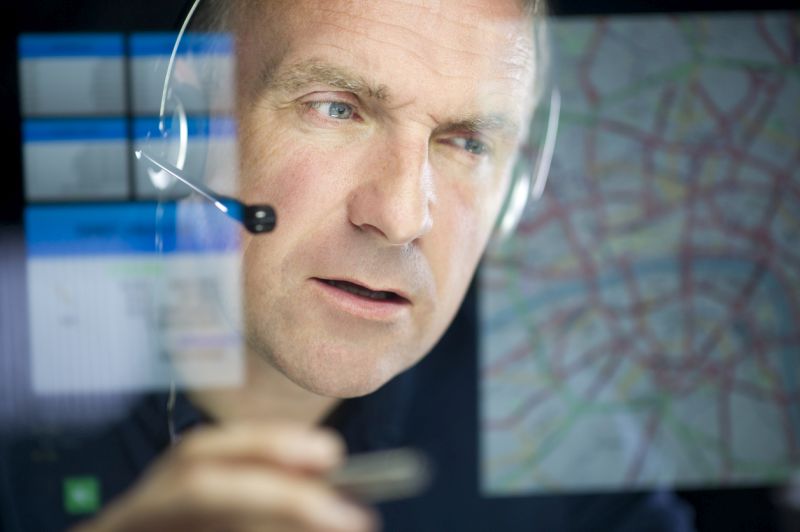
(Photo: iStock)
1. Business interruption (37 percent; 2016: 38 percent)
(includes supply chain disruption and vulnerability)
What troubles businesses most are actual oranticipated losses from a business interruption. Many ofthe top 10 risks in this year's barometer can have severebusiness interruption implications.
|Related: Understanding business interruption and propertyinsurance values
|In today's interconnected industrial world, the reasons forbusiness interruption are expanding from damage-driven events,such as natural catastrophe or fire incidents, to non-physicaldamage or intangible perils, such as cyber incidents as well asdisruption caused by political violence, strikes and terrorattacks.
|Supply chain disruption can result from overrelianceon a sole or key supplier. Constantly updatedbusiness continuity plans that involve all facets of anorganization are effective in understanding supply chainexposures and critical internal and external suppliers.
|See also: Full list of top 10 business risks for each regionand for 25 different countries
|Complete your profile to continue reading and get FREE access to Treasury & Risk, part of your ALM digital membership.
Your access to unlimited Treasury & Risk content isn’t changing.
Once you are an ALM digital member, you’ll receive:
- Critical Treasury & Risk information including in-depth analysis of treasury and finance best practices, case studies with corporate innovators, informative newsletters, educational webcasts and videos, and resources from industry leaders.
- Exclusive discounts on ALM and Treasury & Risk events.
- Access to other award-winning ALM websites including PropertyCasualty360.com and Law.com.
*May exclude premium content
Already have an account? Sign In
© 2024 ALM Global, LLC, All Rights Reserved. Request academic re-use from www.copyright.com. All other uses, submit a request to [email protected]. For more information visit Asset & Logo Licensing.


